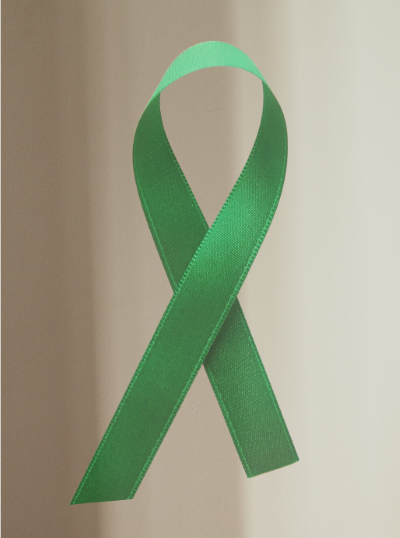MENTAL HEALTH MONTH 2021
Resilience & Recovery
The first World Mental Health Day took place on October 10th, 1992. Since then, mental health organisations across the globe continued to raise awareness, resulting in Mental Health Month.
Mental Health Month in Australia runs annually throughout the month of October. Each year there is a topic of focus; this year the Mental Health Foundation of Australia have set ‘Resilience and Recovery’ as the topic. Drawn from the challenges of the pandemic, the aim of this topic is to explore ways we can develop more resilience and recover from the impact of the pandemic.
What is Resilience?
Resilience is the ability to recover from adversity and remain calm when handling difficult or challenging situations. Resilience at its core is accepting a situation for what it is, even if it feels uncomfortable. It is an important skill that allows us to overcome challenges and move forward. Each time we are resilient, we are better prepared for the next challenge that we will face.
It’s important to note that being resilient does not mean that you won’t experience difficulty or distress. Whilst resiliency may be easier for some, resiliency is not a personality trait that some possess, and others do not. It is a skill that anyone can learn and develop within themselves over time.
Resilience can be developed by utilising a range of different psychological tools. Often, resilience building tools are drawn from the practices of Cognitive Behavioral Therapy (CBT) treatment.
A CBT technique that can be particularly useful in developing your resiliency skill is ‘Cognitive Reframing’.



What is Cognitive Reframing?
Cognitive reframing is a technique used to shift one’s perspective and mindset.
The practice of cognitive reframing involves you recognising the negative thought & behavior patterns you have and adjusting them by reframing your own perspective & mindset.
For example, you interview for a job you want, but you don’t get it. Instead of thinking things such as ‘I’m not good enough’ or ‘They didn’t like me’, try ‘I tried my best’ or ‘I will find the right job soon enough’.
Cognitive reframing is seen to be most beneficial when you are able to recognise the negative thought or behavior patterns that you have. For most people, these include negative self-talk, black & white thinking & catastrophizing.
How Do I Practice Cognitive Reframing?
Journaling is a great place to get started with cognitive reframing. It will allow you to track your thoughts, feelings and behaviors in response to negative situations. Write about the situation that triggered a negative response.
Take note of the different thoughts and emotions you experienced throughout the situation. Identify any facts that support your negative thoughts (if any), such as in our example before, ‘They didn’t like me’ – did anyone say they didn’t like you or is that just how you feel after knowing you didn’t get the job that you were hoping for?
Also identify reasons that disprove your negative thoughts then compare the facts that support or disprove your thoughts and conclude a fair, balanced judgement on the situation from there.
After analysing your negative thoughts and breaking them down, reflect on your current mood. Has it shifted? Do you have a clearer understanding of why you felt the way that you did and how you could prevent feeling this way again in the future? Cognitive reframing is a challenge, but once you’ve gotten the practice in, you’ll find it easier to break down your thoughts and reframe your mindset to be more helpful, allowing your mental health to thrive.
Other Resilience Tools & Resources
Mindfulness
Mindfulness appears again as a useful tool! We have previously written a post about Mindfulness and encourage you to read it to get an understanding as to how Mindfulness could assist with building resilience skills.
The 7 Cs of Resilience
Dr. Kenneth Ginsburg is a paediatrician & human development expert, who developed ‘The 7 C’s of Resilience’. Although Dr. Ginsburg’s theory is aimed at childhood development, the 7 C’s can be applicable for adulthood just as well. The proposition is that there are 7 components involved in being resilient, those being:
- Competence
To have a good understanding of something and being able to complete it successfully and efficiently.
- Confidence
The belief in one’s own abilities and works hand in hand with competence. The more competent a person is, the more confident the person is. - Connection
Referring to our support networks. Families, friends, co-workers etc. When we have good connection with other people, we develop a stronger sense of security & belonging. - Character
One’s personality, attitude, beliefs, morals etc. Being able to determine right from wrong, having a good sense of morality, & compassion towards others allows us to be resilient ourselves. - Contribution
Referring to the importance of personal contribution within a community. Personal contribution can provide a sense of purpose and motivation. - Coping
Coping skills are critical to developing healthy and productive ways to overcome challenges in life. There are many things that people do to help themselves cope. It is about what works best for you but is still healthy and productive.
- Control
Some things are not always within your control. Understanding this is essential in resilience. Recognizing situations that you cannot control allows you to bounce back from them quicker.










